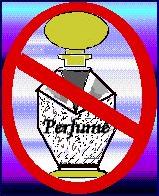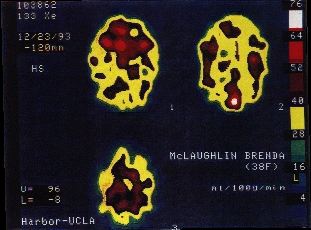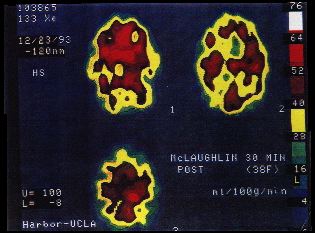Health Risks of Perfume
- Details
- Category: Health Risks of Perfume
- Hits: 10072
 The Health Risks of Perfume
The Health Risks of Perfume
(and Other Scented Products)
Did you know that perfume is made of toxic chemicals that can injure your health? Many of the chemicals in perfume are the same chemicals as those found in cigarette smoke, and yet there is no regulation of the fragrance industry. Many people are "bothered" by perfumes—developing headaches, sinus problems, and even asthma from exposures. Many have gotten sick or even disabled from wearing—or being exposed to—fragrances and using other scented products (me included). Also fragrances are now used in almost every cleaning, laundry, and personal-care product on the market!
These chemicals go directly into the bloodstream when applied to our skin and are also absorbed into the skin from our clothing. We also inhale the chemical fumes, which then go straight to our brains—where they can do major harm. Many even have a "narcotic" effect, which is why some people seem "addicted" to their perfumes. Please take the time to read the articles in this section and educate yourself about the health risks to you and your family…










